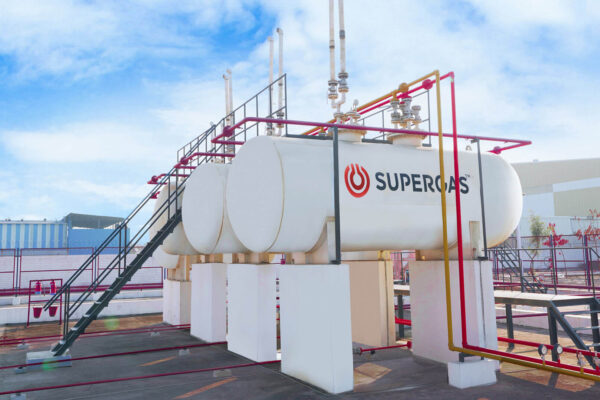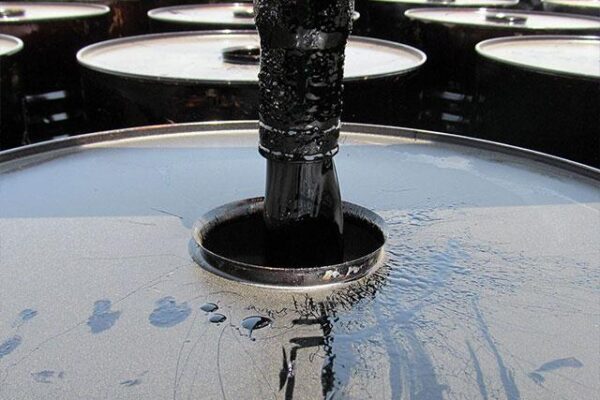products

GASOIL
Gasoil, a middle distillate and type of heating oil, is primarily used in heating and air-conditioning systems. It is one of the most actively traded oil products and serves as the underlying asset in a significant International Petroleum Exchange (IPE) futures contract. In refining terminology, gasoil falls between heavier fuel oils and lighter products like naphtha and gasoline. Broadly defined, it encompasses oil products used as diesel automotive fuel. We offer a diverse range of gasoil options, spanning from 10 ppm Low Sulphur to 10,000 ppm High Sulphur.

LPG
Gasoil, a middle distillate and form of heating oil, is primarily used in heating and air-conditioning systems. It is one of the most actively traded oil products and serves as the underlying commodity for a key futures contract on the International Petroleum Exchange (IPE). In refining terms, gasoil is positioned between fuel oil and lighter products such as naphtha and gasoline. Broadly defined, it includes oil products used as diesel automotive fuel. We offer a diverse range of gasoil, from 10 ppm low sulfur to 10,000 ppm high sulfur.

AVIATION FUEL
Aviation fuel is a specialized petroleum-based fuel designed to power aircraft. It is typically of a higher quality than fuels used for less critical applications like heating or road transport and often contains additives to minimize risks such as icing or explosion at high temperatures. Most modern commercial airlines and military aircraft utilize jet fuel for optimal fuel efficiency and cost-effectiveness. These aircraft represent the majority of aviation fuel consumption today, which is also employed in diesel aircraft engines.

FUEL OIL
Heavy fuel oils are primarily utilized as marine fuel, with HFO being the most commonly used marine fuel currently. Heavy fuel oil is a residual product derived from the distillation of crude oil. The quality of this residual fuel depends on the quality of the crude oil processed at the refinery. To meet various specifications and quality standards, these residual fuels are blended with lighter fuels such as marine gasoil or marine diesel oil. The resulting mixtures are known as intermediate fuel oils (IFO) or marine diesel oil. They are classified and named based on their viscosity, with IFO 180 and IFO 380 being the most commonly used types, having viscosities of 180 mm²/s and 380 mm²/s, respectively. If a blend predominantly consists of heavy fuel oil, it is categorized as heavy fuel oil.

BITUMEN
Bitumen, referred to as asphalt in the United States, is a material obtained through the distillation of crude oil. It possesses waterproofing and adhesive properties. The distillation process removes lighter components of crude oil, like gasoline and diesel, leaving the heavier bitumen behind. This bitumen is often refined multiple times to enhance its quality. Bitumen can also occur naturally: deposits of naturally occurring bitumen are found at the bottoms of ancient lakes, where prehistoric organisms decayed and were subjected to heat and pressure over time.

LNG
Liquefied natural gas (LNG) consists primarily of methane, with a small proportion of ethane, and is used to convert natural gas into a liquid form for easier and safer storage and transportation. It is cooled to approximately -256 degrees Fahrenheit, enabling transportation from countries with abundant natural gas supplies to those with higher demand. In its liquid form, natural gas occupies 1/600th of its original volume, greatly facilitating shipping and storage when pipeline transport is impractical. As global energy consumption rises, experts predict that the significance of the LNG trade will continue to increase.

KEROSENE
Kerosene is usually pale yellow or colorless and has a relatively mild odor. It is derived from petroleum and serves various purposes, including use in kerosene lamps, domestic heaters, and furnaces. It is also a fuel component for jet engines and acts as a solvent for greases and insecticides. Kerosene is a low-viscosity, clear liquid composed of hydrocarbons, obtained through the fractional distillation of petroleum at temperatures between 150 and 275 degrees Celsius, resulting in a density of 0.78-0.81 g/cm³.

LIGHT CRUDE
Light crude oil is generally more valuable, easier to refine, and contains higher quantities of hydrocarbons compared to heavier variants. The classification of crude oil as light or heavy depends on its impurities and is measured by its API Gravity, a standard created by the American Petroleum Institute that compares the density of crude oil to that of water. Pure petroleum is naturally less dense than water, so the API Gravity indicates the purity of a particular oil, providing insight into its ease and cost of transportation and refining.
